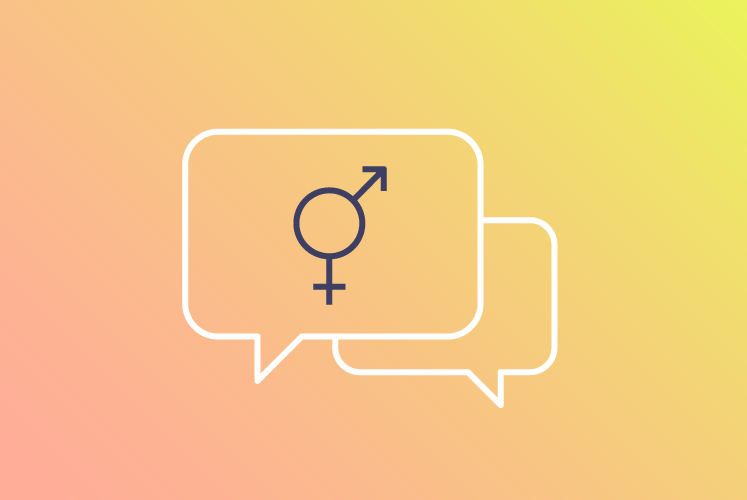Students and Gender Identity Guide for Schools

Students and Gender Identity
A TOOLKIT FOR SCHOOLS
As visibility for transgender and gender nonconforming communities increases across the United States, so does the need to create inclusive spaces — especially in today’s schools. “This is a campus climate issue,” said Professor Andres, who teaches in USC Rossier’s online master’s in school counseling program.
Gender identity is defined as one’s personal experience of one’s gender and is separate from their biological sex. Creating safe school environments that support students on the spectrum of gender identity is a facet of inclusive, culturally responsive teaching.
To address this need, USC Rossier has created “Students and Gender Identity: A Guide for Schools,” which is a collection of tools and resources to support conversations surrounding gender identity in the classroom. Through this guide, we hope to help teachers, school counselors and school communities work together to create a safe and nurturing school climate for all students.

A list of frequently asked questions that educators may receive from parents or school staff about the topic of gender identity, as well as strategies on how to shape these conversations.

A set of action steps to support educators in creating a welcoming and inclusive environment that celebrates all student differences, including gender.

A glossary of commonly used terms to describe aspects of gender identity and expression. It’s important to understand the language used to describe gender expression and identity so that words are not hurtful to a student or colleague.


